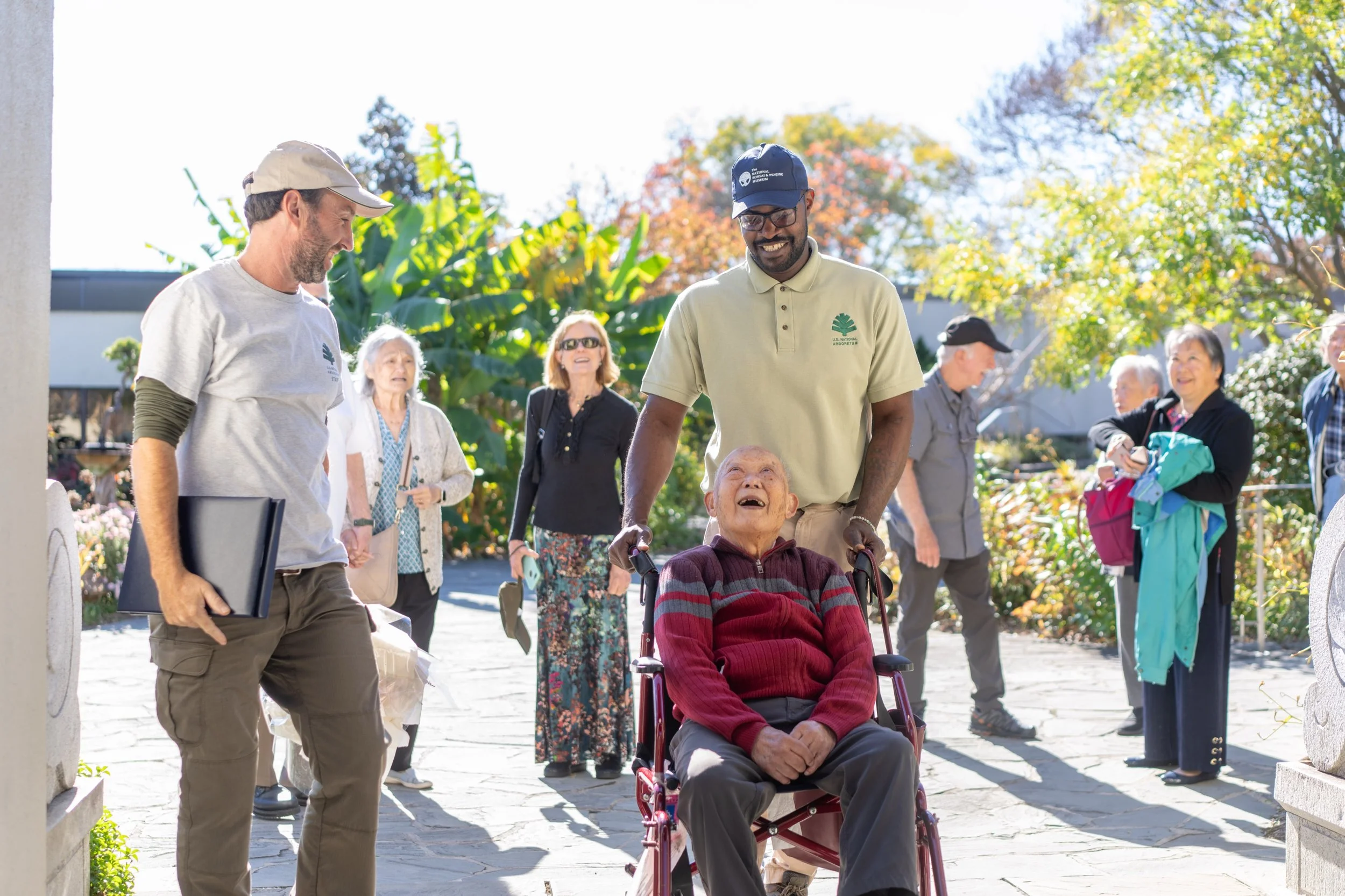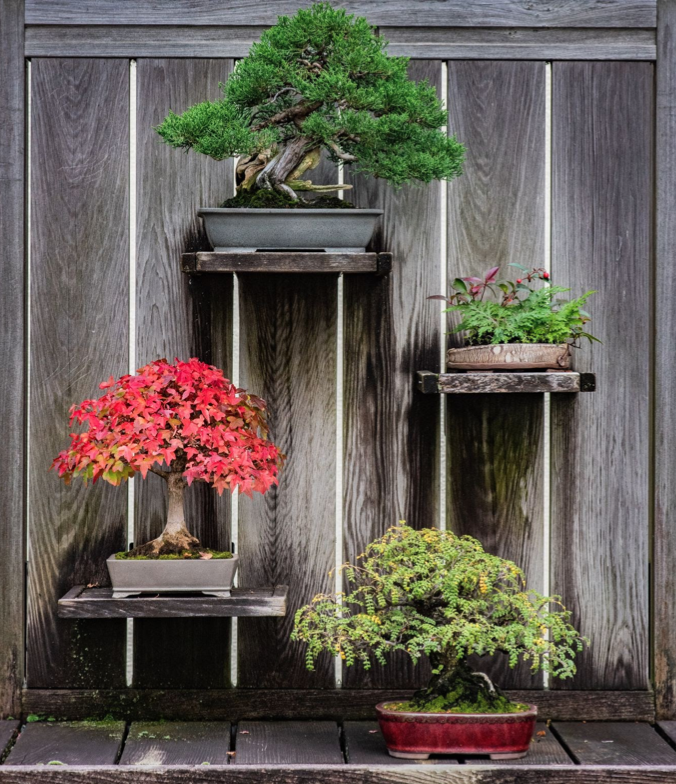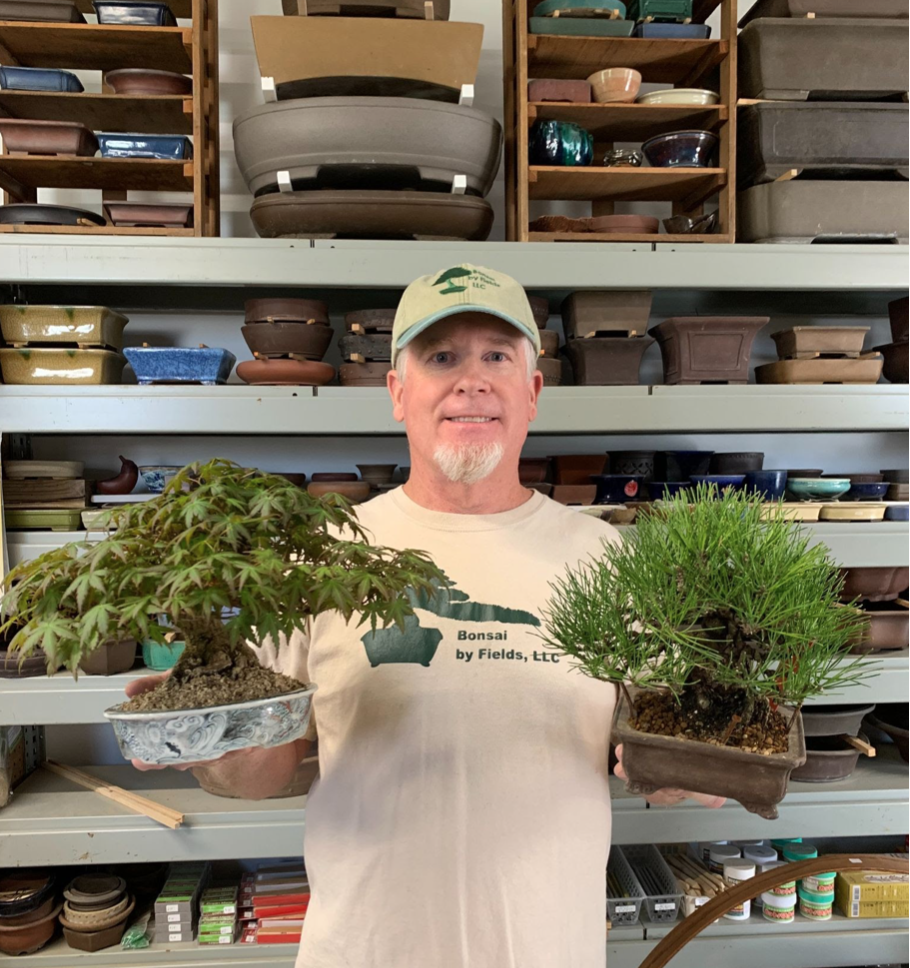With words from Stephen Voss and Andy Bello
All photos courtesy of Stephen Voss
The crisp crunch of leaves under our feet, the chill in the air and the return of pumpkin-flavored goodies are all telltale signs of fall. But one of the most gorgeous arboreal displays of a change in seasons can be found at the National Bonsai & Penjing Museum on the grounds of the U.S. National Arboretum.
As mid-October crowns, the colors that long dominated the spring and summer in Washington, D.C. appear in flux. The striking chlorophyll that defined the color palette of nature for so many months post-winter wanes, and brilliant yellows, oranges and reds emerge.
There is no better place to experience this exuberant burst of beauty and vibrance than among the trees at the first and finest public bonsai museum in the world.
As fall presses on, the dedication Museum staff and volunteers gave to the national collections throughout the growing season is rewarded with cool autumn breezes and show-stopping foliage. They will continue their best efforts on these premier trees to keep them healthy throughout the fall and prepare them for frosty temperatures come winter – many steps of which are necessary for any bonsai owner to observe around this time.
First comes the tertiary structural pruning of the Museum’s deciduous trees, like the much-beloved trident maples and other non-flowering species. This pruning process includes spotting twigs that have thickened in the outer canopy, detracting from the idyllic delicate and finely ramified structure.
The pruners will address areas where more than two twigs are growing from one location, known as a node. By reducing these areas to two twigs, they prevent unwanted swelling and promote a smooth transition of taper from the trunk to the tip of the twig.
Then they distinguish areas where twigs have elongated too far and prune them back to scale with the design of the tree. This work may be completed after the leaves are done changing color, through late winter. If this type of pruning is done too early, it may stimulate new tender growth that will not harden-off before winter, resulting in damage. If the pruning is done after winter dormancy, sugars from the roots are transported to the emerging spring tips and that energy is cut off and wasted.
While pines, spruces and junipers don’t lose all their foliage, the Museum’s conifers also need some attention before the onset of winter dormancy. Pines and spruces are cleaned of old needles, and their designs can be refined with wiring. Weaker foliage on junipers can be removed, and adventitious growth can be eliminated from the crotches of branches.
Cleaning out old needles and growth allows more light to enter the canopy and stimulate interior buds, helping them more strongly develop. Cleaning trees this time of year can be tedious, especially on a large collection, but this intimate operation brings us closer to the trees and gives us an even better understanding of their health and growth habits.
This is also an important time to take advantage of the last warm months to ensure all winter preparation and some spring preparation is completed, and those techniques vary greatly. First and simplest: Museum staff and volunteers arrange the area where trees will be placed on the ground out of the cold drying winds. Raised beds are constructed to heel trees into mulch to protect the delicate root systems, and cold frames are built and prepared to provide protection from wind and frost damage.
But in between these imperative steps for arboreal care, the trees provide perfect opportunities to engage in mindfulness. Whether you have a bonsai collection of your own or can set aside time to visit the National Bonsai & Penjing Museum, it’s the perfect time to walk through nature to interpret its splendor displayed in the captivating colors of fall.

































Cheryl Manning, a member of the NBF Board of Directors and a longtime student and friend of John’s, wrote about his process of envisioning the end product of his trees – including before and after photos!